Is a pond possible without a pump???
bart_2010
9 years ago
Related Stories

GARDENING AND LANDSCAPINGHow to Make a Pond
You can make an outdoor fish paradise of your own, for less than you might think. But you'll need this expert design wisdom
Full Story
HOUZZ TOURSMy Houzz: Fitness and Color Pump Up a Dallas Home
A Texas mom brings her work home with a fitness studio amid rooms energized with color and charm
Full Story
LIFE6 Ways to Cool Off Without Air Conditioning
These methods can reduce temperatures in the home and save on energy bills
Full Story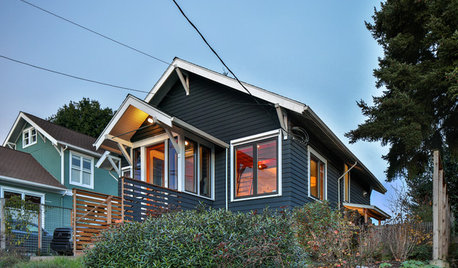
MODERN HOMESHouzz TV: Seattle Family Almost Doubles Its Space Without Adding On
See how 2 work-from-home architects design and build an adaptable space for their family and business
Full Story
DECORATING GUIDES12 Ways to Cool Your Home Without Air Conditioning
If your summer energy bill is leaving you hot under the collar, consider these savvy alternate strategies for cooling down
Full Story
HEALTHY HOMEGet Cleaner Indoor Air Without Opening a Window
Mechanical ventilation can actually be better for your home than the natural kind. Find out the whys and hows here
Full Story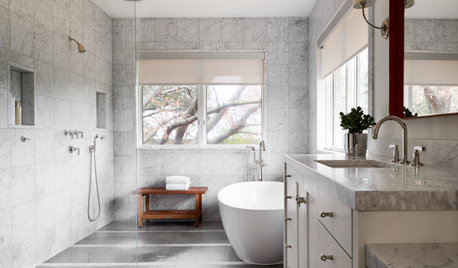
BATHROOM DESIGNDoorless Showers Open a World of Possibilities
Universal design and an open bathroom feel are just two benefits. Here’s how to make the most of these design darlings
Full Story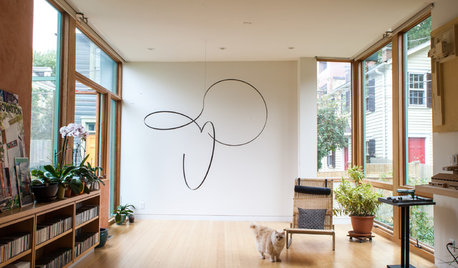
ARTAt Home With Art: Suspended Sculptures Heighten the Possibilities
Draw the eye in unexpected ways with 3D artwork hung from above
Full Story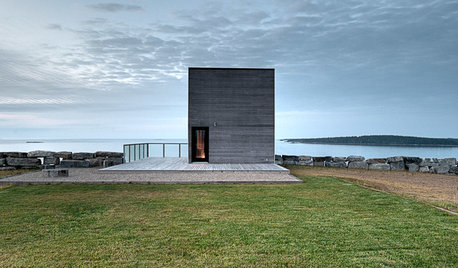
ARCHITECTUREAll the Possibilities: 4 Homes at the Edge of the Earth
Travel to the far reaches of land, where these residences straddle rocky cliffs, leafy lakeshores and choppy inlets
Full Story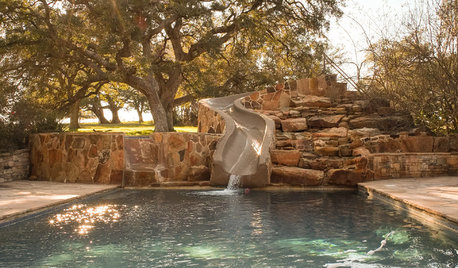
POOLSPool Slides: What's Possible, Who Can Build It and What It Will Cost
These slippery slopes will make a splash and offer an exhilarating ride that's the stuff of childhood dreams
Full StoryMore Discussions








garyfla_gw
VirginiaWhine
Related Professionals
Derry Landscape Architects & Landscape Designers · Maple Valley Landscape Architects & Landscape Designers · Piqua Landscape Architects & Landscape Designers · Wareham Landscape Architects & Landscape Designers · East Patchogue Landscape Architects & Landscape Designers · Peabody Landscape Contractors · Bristol Landscape Contractors · Cedar Hill Landscape Contractors · Crystal Landscape Contractors · Fairhope Landscape Contractors · Lake Zurich Landscape Contractors · Miller Place Landscape Contractors · Roseville Landscape Contractors · Greenfield Landscape Contractors · Shafter Landscape Contractorschas045
steiconi
waterbug_guy
bart_2010Original Author
waterbug_guy
bart_2010Original Author
waterbug_guy
bart_2010Original Author
basilbird
bart_2010Original Author